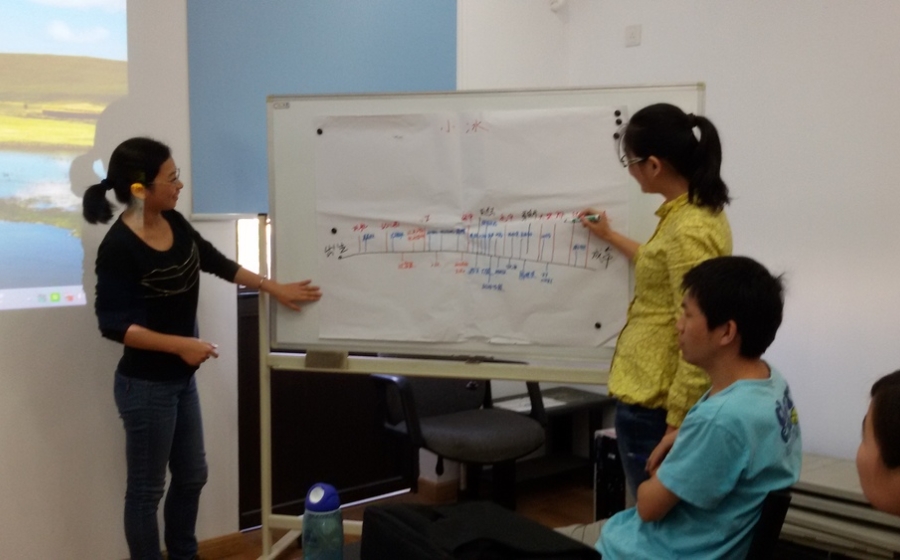China
Site located in Shanghai, China
The Global Early Adolescent Study is partnering with Shanghai Institute of Planned Parenthood Research (SIPPR), which was established in 1978 and affiliated to Shanghai Academy of Science & Technology and is a social welfare research institution in the field of family planning and reproductive health. It is recognized as Collaborating Center for Research in Reproduction by the World Health Organization (WHO) for consecutive years since 1983. SIPPR is a supporting institution for “Key Laboratory of Contraceptive Drugs and Devices”, “Shanghai Engineering Research Center of Reproductive Health Drugs and devices”, “National Evaluation Centre for the Toxicology of Fertility Regulating Drugs” and “Shanghai Family Planning and Reproductive Health Research Institute” and other research bases and academic organizations, as well as one of the construction units of “Institute of Reproductive and Development of Fudan University”. Its main responsibilities include: providing scientific and technological support for meeting Chinese people’s needs for family planning and reproductive health; providing policy-making consultation for health and family planning authorities of different levels to design relevant polices and promotion models; and providing society with public services by popularizing popular science and publishing technical journals and other forms. Currently SIPPR has 212 regular employees, 181 of whom are scientists/technicians.
SIPPR attaches importance to strengthening international cooperation with international organizations and foundations like WHO, United Nations Population Fund, Ford foundation, Gates Foundation, and numerous foreign universities and research institutions and always maintains extensive international influence in research fields regarding research and development of birth control drugs and reproductive health.

We are partnering with SIPPR for conducting the longitudinal phase of the Global Early Adolescent Study in Shanghai, China. This longitudinal phase builds on the first by exploring how gender norms relate to health throughout the adolescent years, beginning in early adolescence. The GEAS in Shanghai has the following objectives: to explore how perceptions of gender norms evolve across adolescence, the factors influencing these changes, and how perceptions of gender norms predict a spectrum of adolescent outcomes across the adolescent years. A total of 1,500 young people ages 11-14 in Shanghai are followed over a period of four years, participating in a total of four surveys. The sample only include in-school youth and are based on school selection in the sub-districts of the Zhabei District (the District was consolidated into Jing’an District administratively after 2015). All participants complete a baseline survey and are surveyed again at the end of years 2, 3 and 4. Following the same procedure as in Phase I of the GEAS, data collection are conducted by trained interviewers using mobile tablets with computer-assisted self-interview (CASI).

The survey takes place in two sub-districts within the Zhabei District. In 2010, the population of this district was 830,476, and was home to the largest proportion of urban poor dwellers and internal migrants in Shanghai. Zhabei District is divided into 9 sub-districts.
There are 30 secondary schools serving nearly 16,000 children (11 – 15 years old) located in the Zhabei District. Public secondary schools in Shanghai enroll students in grades 6-9 who live near the school. These schools also provide tuition waivers based on the national 9-year mandatory education policy, which mandates education for all adolescents of eligible age, including those who are migrants and those living in foster families. This study recruit adolescents attending three public schools in the underdeveloped Baoshan and Pengpu sub-districts of the Zhabei District. All eligible students in grades 6, 7 and 8 are recruited to allow for a cluster sample of at least 1,500 adolescents aged 11-14 years.
